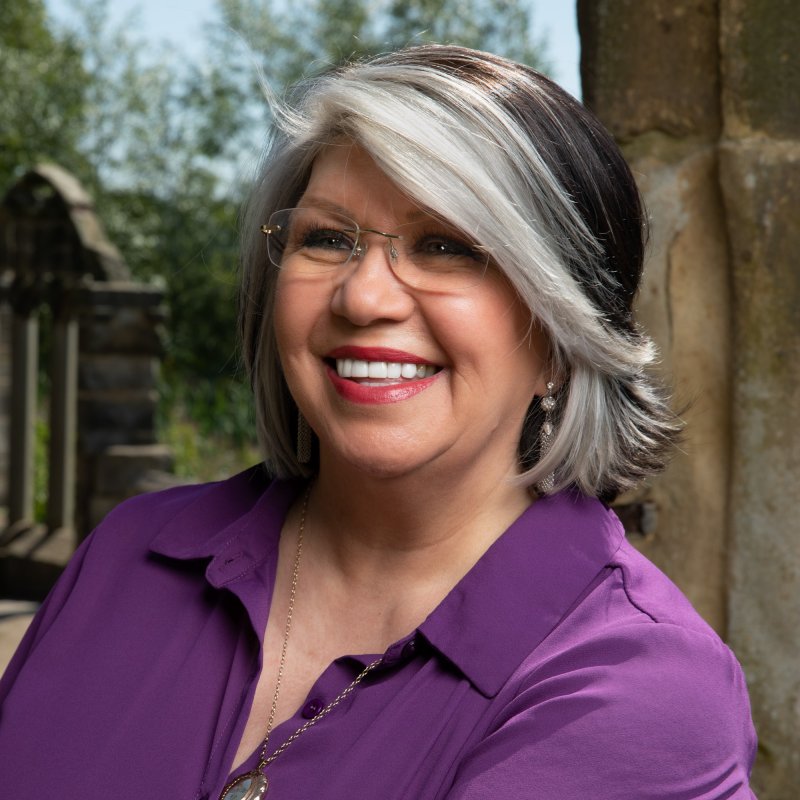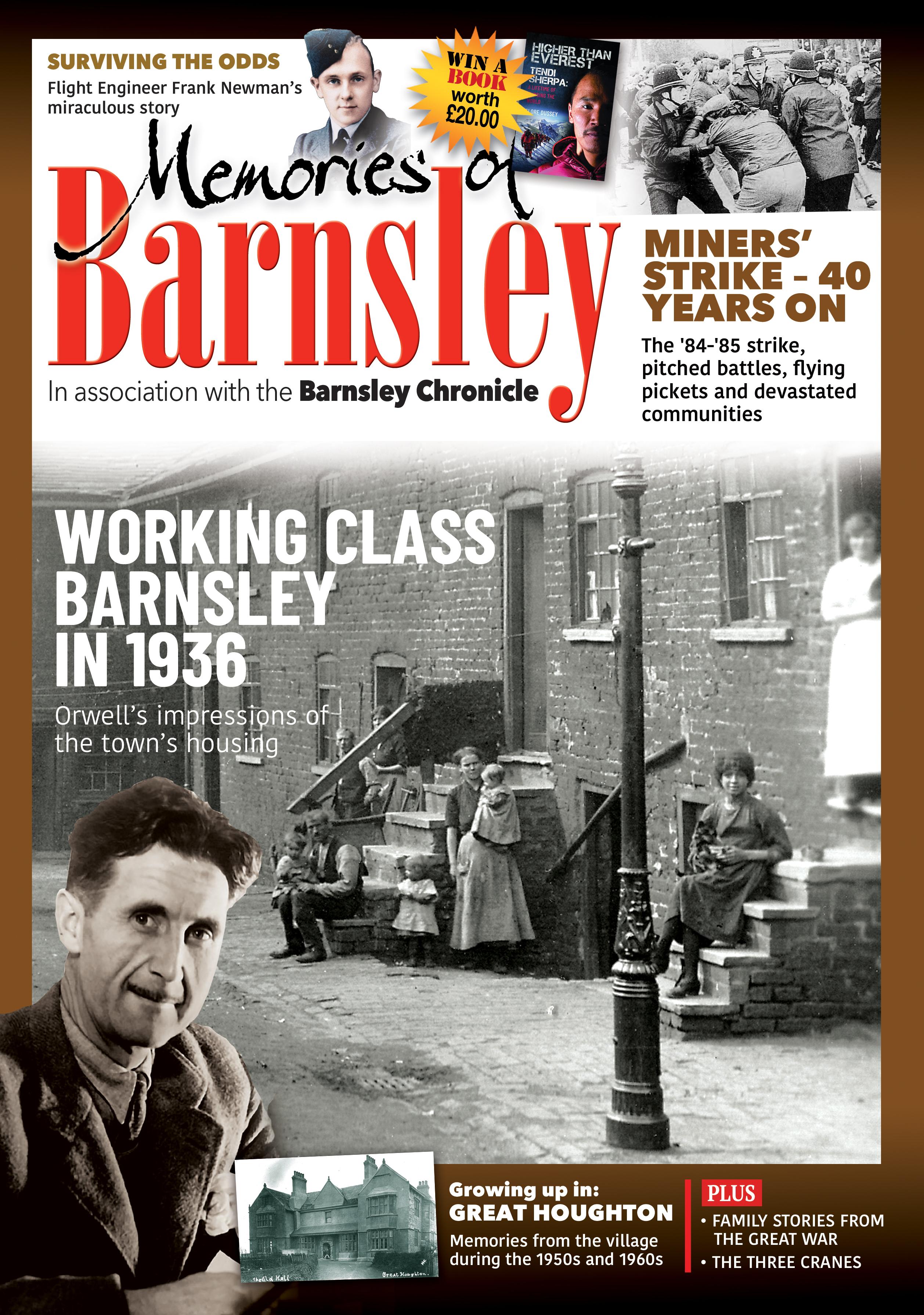UNUSED police stations could be sold off, with locally based officers moved to share accommodation with other public sector colleagues.
Policing has changed significantly in recent years and officers now have their ‘office’ on a laptop computer or mobile telephone, meaning a physical base is not the crucial factor it traditionally has been although Police and Crime Commissioner Dr Alan Billings acknowledges that neighbourhood officers will still need a place for meal breaks or to store uniforms.
While there remains work to be done by police to establish whether they have stations at the correct locations, he has acknowledged that changes are likely in the future, partly because many police buildings are old and no longer provide the quality of accommodation the force expects for its staff.
Dr Billings also now serves on South Yorkshire Fire Authority, which effectively runs the fire and rescue service in the same way he is in charge of policing and he chairs a joint board on the two organisations’ buildings.
He said: “The vast majority of the public don’t contact the police through the police station, they do it through their phones.
“An exercise has been done to see what the police estate is and there is an exercise about need.
“That has changed in the last six months or so, because of the commitment to neighbourhood policing and they are having to see what neighbourhood teams need.
“I have brought together the police and fire, so we are collaborating more closely and I chair a group which brings together police and fire around the estate.
“We now must look not just at police buildings but at what the fire service has, if we are going to rationalise we might as well do it together.
“There is a question as to whether police can use some fire and rescue buildings,” he said.
Many police buildings were “crumbling”, he said, “and not good places to work in”.
“They were built in a different age and are expensive to run because of that.
“Hopefully, they will realise some capital receipts and there will be savings on ongoing maintenance,” he said.
Where police stations had closed, leaving the buildings in place “sends out a false signal that it can be re-opened,” he said.
Because of his position on the estates board for the two services, “We are hoping to progess things much more quickly,” he said.
“It does mean some buildings which once had a question mark over them may be capable of being re-opened. Police officers still need somewhere to brew a cup of tea and keep their uniform,” he said.
But he also flagged up arrangements such at Sorby House in Spital Hill at Burngreave in Sheffield, where the building has a multi-purpose function, including use by officers as well as a library.
One police station which was taken out of use and then re-opened is Penistone, which is now has an officer and PCSOs based there, although their neighbourhood policing colleagues’ main base is in Kendray.
That arrangement is unusual and was brought about as a result of campaigns to get police based back in the community, following a rise in crime and other problems.
Survey work done in the area suggests that many residents feel more comfortable in the knowledge that officers are based there, even though the station has no public counter.
In the future that may change, because dozens of people have stepped forward to offer their services as volunteers and Chief Constable Stephen Watson has made it clear he is not opposed to the idea.





























